Top 8 Most Expensive Elements in the World
The Earth is a genuinely amazing and wonderful place. There are still so many fresh discoveries to be discovered after thousands of years of human existence. ... read more...The natural components that exist are some of the most fascinating aspects of our magnificent planet. Many elements have been found throughout history, some of which are valuable while others are not. There are perhaps hundreds more that we have yet to find. The most most expensive elements discovered across the world are listed below.
-
The most expensive element on the planet is francium. Prior to the discovery of this incredibly uncommon element in 1939, Russian scientist Dmitry I. Mendeleyev (the guy who created the periodic classifications of the elements) anticipated that it may exist. However, it was Marguerite Perey, a French scientist, who discovered francium in the late 1930s while investigating actinium-227.
You might wonder how such an ingredient could be so costly. The fact that this element's half-life is only 22 minutes adds to its expense. Since one gram of francium has never been seen, the billion per gram is purely theoretical. A cluster of more than 300,000 atoms of francium was the largest number ever synthesized. However, this cluster, or even a gram of francium, would vanish within minutes of being created, therefore it is now useless in today's environment. There are those who are willing to spend billions simply to have a glimpse of this element, and we're confident that scientists are capable of producing it.
To make matters more difficult, just 24.5 grams (less than one ounce) of natural francium exists at any given moment in the Earth's crust. Simply put, this element is virtually tough to locate and even more difficult to manage, making it extremely costly. Although francium cannot be gathered or sold, it is estimated to be worth $1 billion per gram.Estimated Value: $1 billion per gram
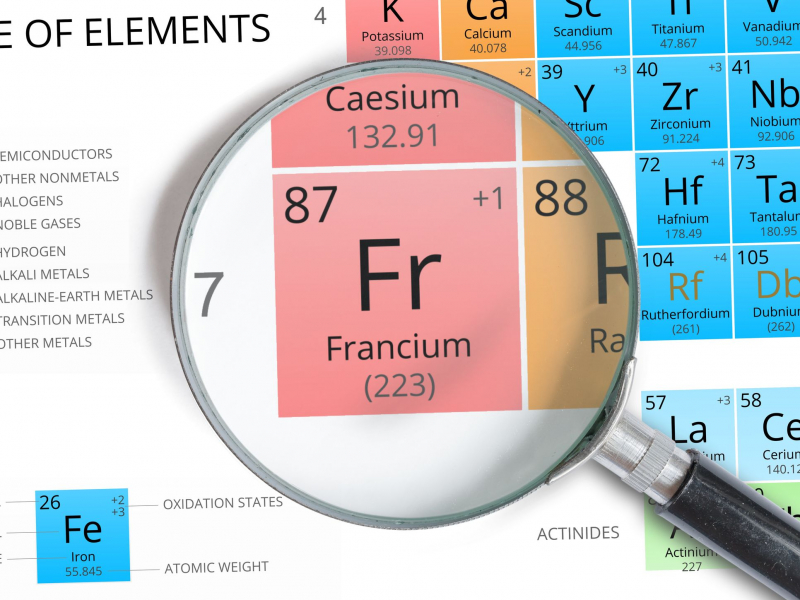
Source: thoughtco.com 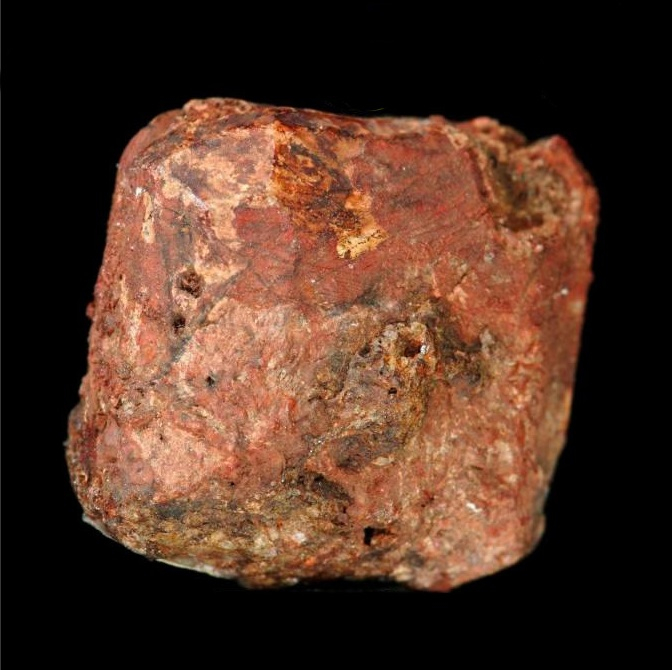
Source: wikipedia.org -
Californium is a man-made element, unlike many others on this list. Stanley G. Thompson, Albert Ghiorso, Glenn T. Seaborg (the same individuals who found berkelium), and Kenneth Street, Jr. discovered the substance. Californium, like berkelium, was called for the state where it was discovered: California.
Radiation is released as Californium bioaccumulates in skeletal tissue, interfering with the body's capacity to create red blood cells. Californium may enter the body through contaminated food or drinks, as well as through inhaling air containing suspended particles of the element. Only 0.05 percent of the californium in the body reaches the circulation. About 65 percent of the californium will be deposited in the skeleton, 25% in the liver, and the remainder in other organs or eliminated, primarily in the urine. In 50 and 20 years, half of the californium deposited in the skeleton and liver is gone. Californium attaches to the surface of the bone before gently moving through it.
Californium is one of the most expensive elements, costing an estimated $27 million per gram. Because the rare and expensive element is radioactive, it is hazardous to handle. As a result, finding the element outside of a laboratory setting is nearly difficult.Estimated Value: $27 million per gram
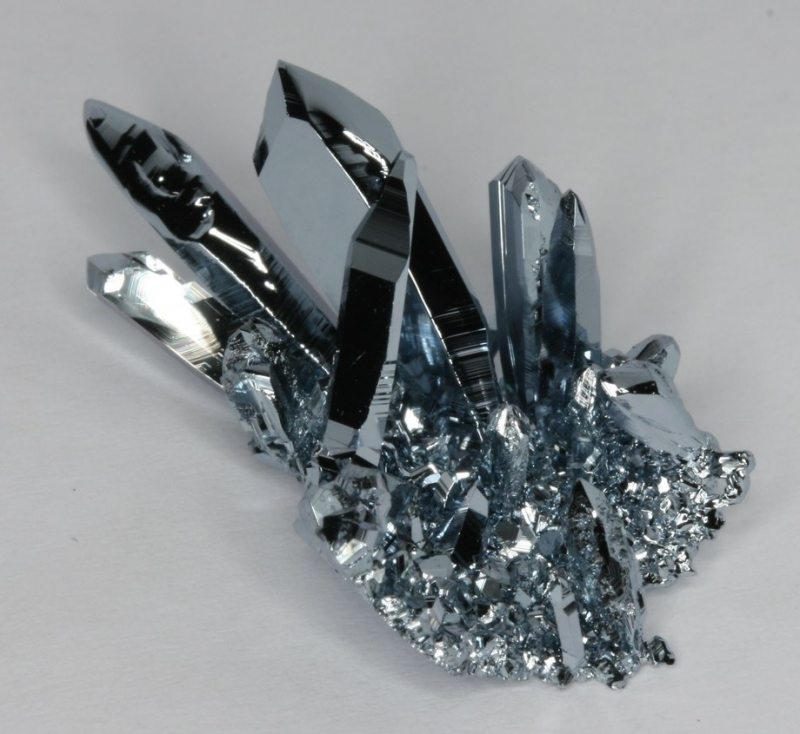
Source: forfun.com 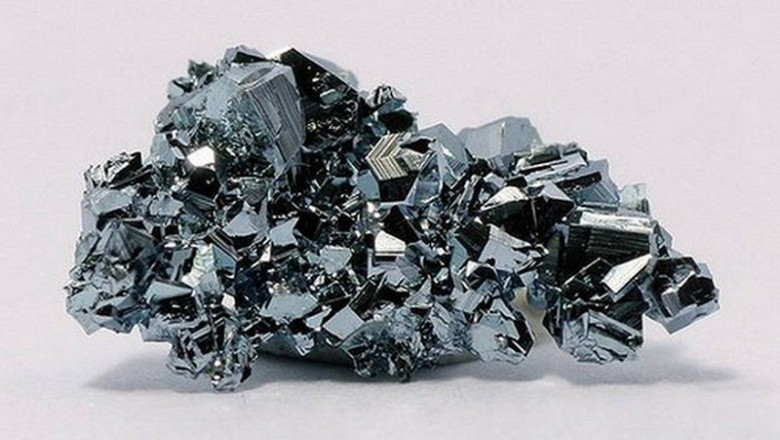
Source: ydhvn.com -
Stanley G. Thompson, Albert Ghiorso, and Glenn T. Seaborg were the first to discover Berkelium (or Bk) in 1949. Berkelium was discovered as a result of interactions between other materials by a group of researchers at the University of California, Berkeley.
Berkelium's effects on the human body are unknown, and parallels with other elements are tough to create due to the varied radiation products (electrons for berkelium and alpha particles, neutrons, or both for most other actinides). The low energy of berkelium-249 electrons (less than 126 keV) makes it difficult to detect owing to signal interference with other decay processes, but it also makes this isotope comparatively innocuous to humans when compared to other actinides.
This element is the world's third most costly element, named after the city where it was discovered (Berkeley, California). Exact costs, like those for other rare elements, are difficult to calculate. Berkelium, on the other hand, is estimated to be worth $27 million a gram.
Estimated Value: $27 million per gram
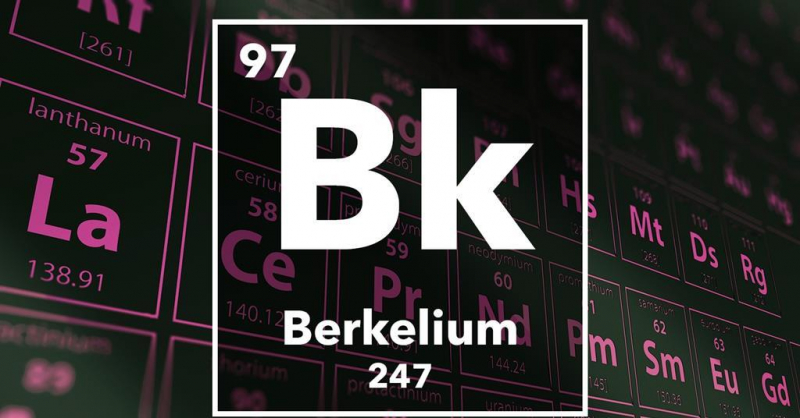
Source: chemistryworld.com 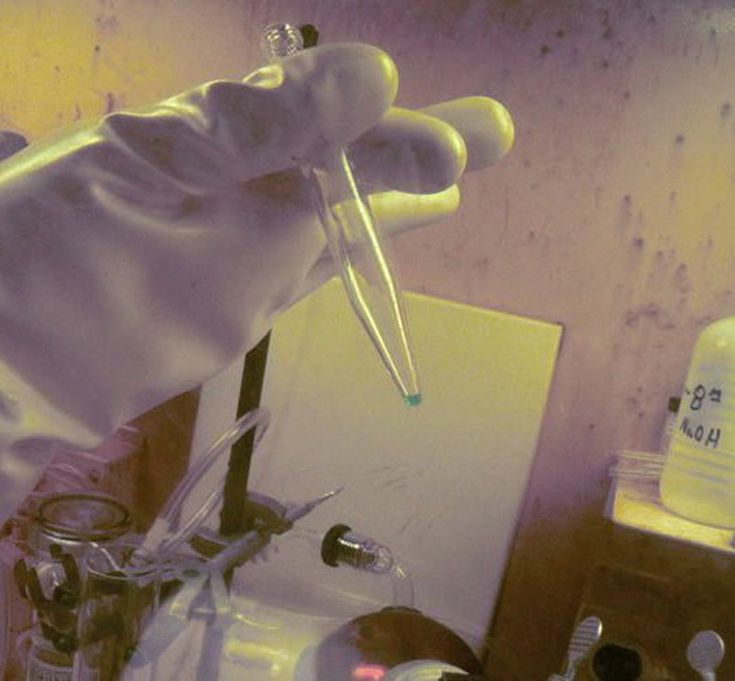
Source: thoughtco.com -
Tritium is a hydrogen isotope. "One of two or more forms of the same chemical element" is what isotopes are. Tritium is exceedingly uncommon on Earth in its natural state. The interaction of the atmosphere's gases with cosmic rays produces only trace quantities. It is a low-abundance byproduct of nuclear reactor normal operations and may be created artificially by irradiating lithium metal or lithium-bearing ceramic pebbles in a nuclear reactor. Despite allegations to the contrary, the isotope readily sells for $30,000 per gram or $13,607,760 per pound.
Three scientists, M.L. Oliphant, Ernest Rutherford, and Paul Harteck, discovered tritium in 1934. Tritium is now employed in radioluminescent lights for watches, gun sights, a variety of devices and gadgets, and even novelty products like self-illuminating key chains. It is utilized as a radioactive tracer in medical and scientific settings. In tokamak reactors and hydrogen bombs, tritium is employed as a nuclear fusion fuel alongside more plentiful deuterium.
Tritium is frequently found in water, so you may have some tritium in your system right now, especially if you live near a nuclear power plant. According to experts, this poses no health danger, and the substance departs the body within two months of intake.Estimated Value: $30,000 per gram

Source: dlmag.com 
Source: donghothuysy.vn -
Plutonium, with the symbol Pu and atomic number 94, is a radioactive chemical element. It is a silvery-gray actinide metal that tarnishes when exposed to air and oxidizes to leave a dull covering. The element has six allotropes and four oxidation levels in its natural form. Carbon, halogens, nitrogen, silicon, and hydrogen are all reactants. When exposed to wet air, it creates oxides and hydrides, which can cause the sample to expand by up to 70% in volume and flake off as a pyrophoric powder. Plutonium is radioactive and may accumulate in bones, making it risky to handle.
Plutonium is undoubtedly the most well-known and destructive of all the elements on this list. Glenn T. Seaborg, Joseph W. Kennedy, and Arthur C. Wahl, three American chemists, discovered the substance in 1941. The element was later employed in several atomic bombs and is being used in nuclear weapons today. One gram of plutonium costs almost $4,000, according to estimates.
However, plutonium isn't just for weapons. The substance, according to experts, is crucial in the development of nuclear energy. It's even been used to power space missions like the Curiosity Rover on Mars. Plutonium is also used to fuel the New Horizons spacecraft, which was the first to go to Pluto. Plutonium, interestingly enough, is named after the planet Pluto.Estimated Value: $4,000 per gram (weapons-grade)
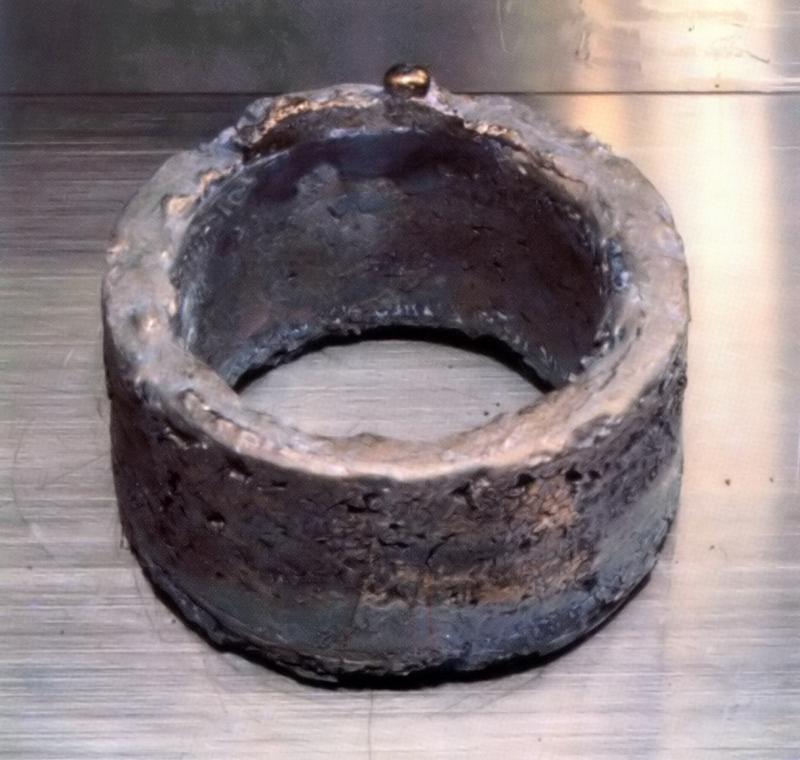
Source: wikipedia.org 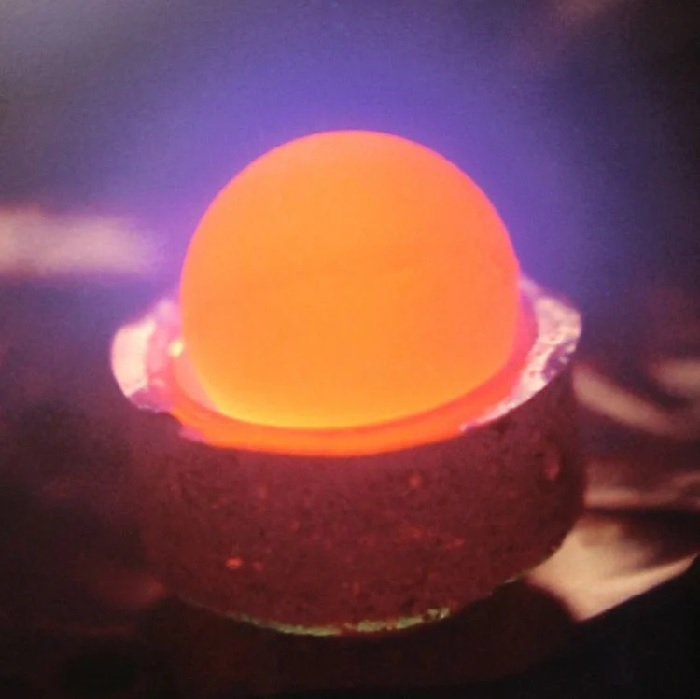
Source: alchetron.com -
Neptunium is an ultra-rare, radioactive, and exceedingly costly element. The substance is seldom found in nature since it exists at such minute levels all around the globe. Due to its employment in neutron detectors, the element is particularly frequent within nuclear plants and labs.
Neptunium is fissionable, and could theoretically be used as fuel in a fast-neutron reactor or a nuclear weapon, with a critical mass of around 60 kilograms. In 1992, the U.S. Department of Energy declassified the statement that neptunium can be used for a nuclear explosive device. It is not believed that an actual weapon has ever been constructed using neptunium. As of 2009, the world production of neptunium by commercial power reactors was over 1000 critical masses a year, but to extract the isotope from irradiated fuel elements would be a major industrial undertaking.
Interestingly, despite being radioactive, some reports suggest scientists haven’t discovered any specific health effects in humans after exposure to neptunium. However, other reports of studies analyzing the impact of neptunium exposure on bones suggest the element can lead to cancer.Estimated Value: $660 per gram
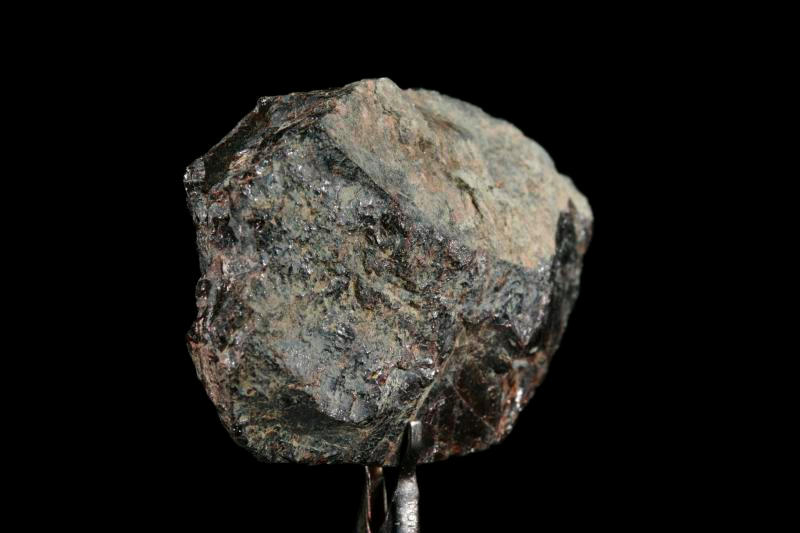
Source: chemistrylearner.com 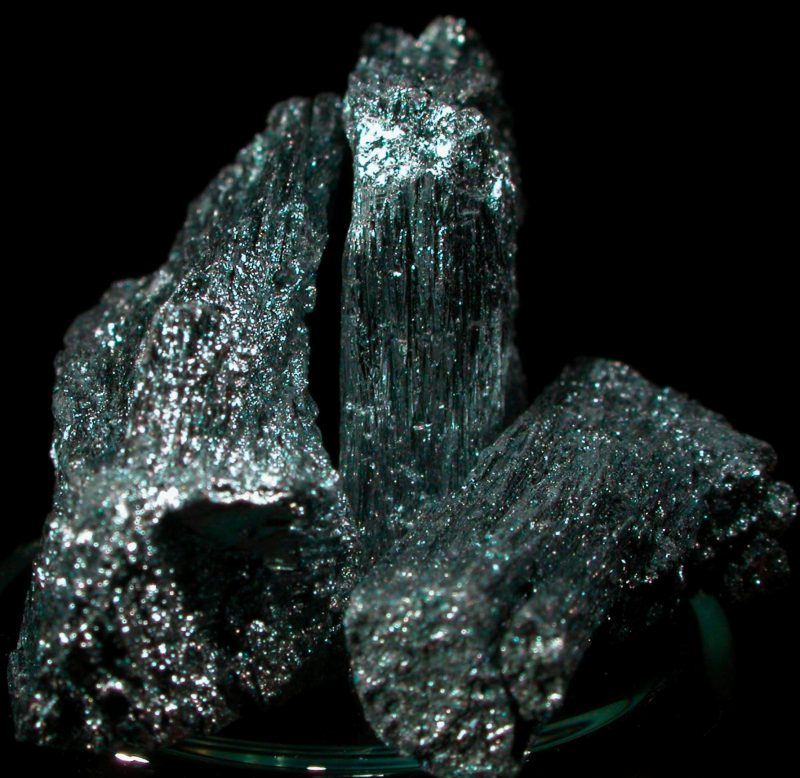
Source: Theodore W.gray -
Rhodium is the world's most rare non-radioactive metal. The substance is far more expensive than silver and gold, costing over $545 per gram (almost $17,000 per ounce). Rhodium is extremely uncommon, which accounts for its high price. The silvery-white metallic element is very rare, occurring in as little as "one part per 200 million in the Earth's crust," making it extremely difficult to locate and extract.
One of the most common uses for the element is in three-way catalytic converters in vehicles. Rhodium is generally alloyed with platinum or palladium and used in high-temperature and corrosion-resistant coatings due to its inertness to corrosion and most hostile chemicals, as well as its scarcity. To improve its beauty, white gold is frequently plated with a thin rhodium coating, whereas sterling silver is frequently rhodium-plated to prevent tarnishing. Rhodium is occasionally used to cure silicones, which are made up of two parts, one of which contains a silicon hydride and the other of which contains a vinyl-terminated silicone. A rhodium complex is present in one of these liquids.
William Hyde Wollaston discovered rhodium (or Rh) in 1803 when he recovered it from a chunk of platinum from South America. The element is now most commonly utilized in systems that transform toxic engine emissions into less dangerous gases. It's also used to finish jewelry since it's long-lasting and tarnishing-resistant.Estimated Value: $545 per gram
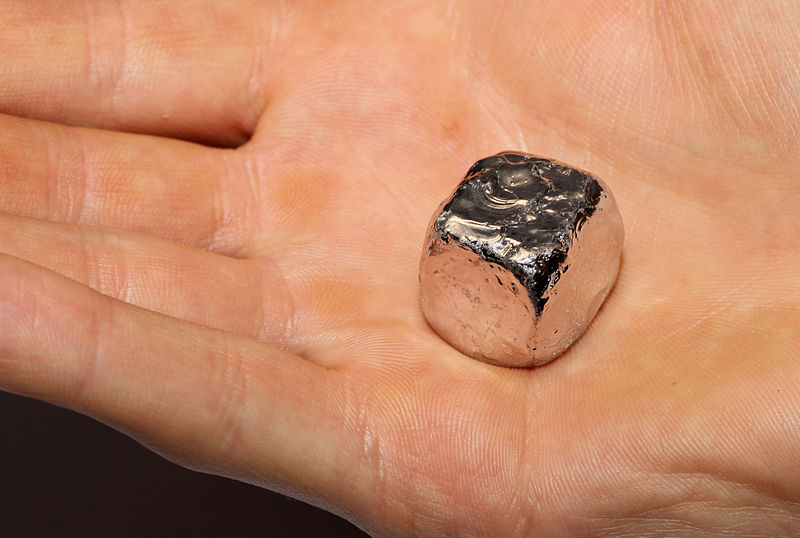
Source: livescience.com 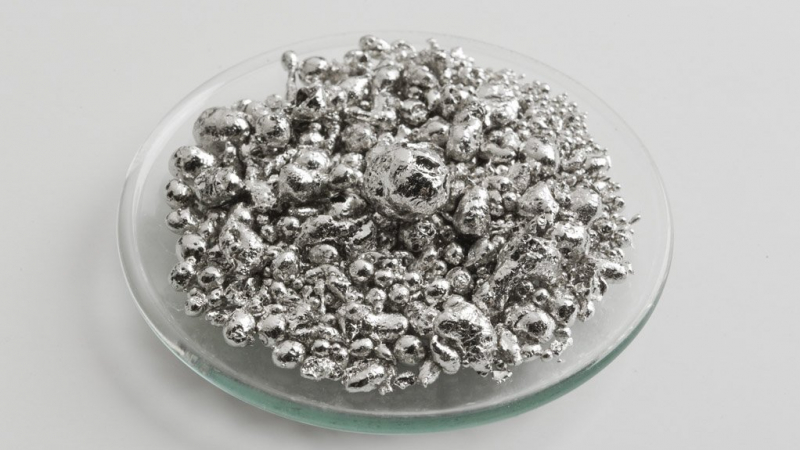
Source: miningweekly.com -
Scandium was discovered in 1879 and is an extremely soft metal. The substance isn't extremely dense — it's just around three times as dense as water — yet it's found in over 800 minerals all over the world. Scandium is the 50th most abundant element on the planet, yet it's still uncommon enough to command a high premium. This metal will set you back about $270 per gram, or $122,500 per pound which takes the last place on this list of the most expensive elements in the world.
Scandium is found in most rare-earth and uranium combination deposits, although it is only recovered from these ores in a few mines across the world. The favorable benefits of scandium on aluminum alloys were found in the 1970s, and its usage in such alloys remains its only important application. The annual global commerce in scandium oxide is 15–20 tonnes. Surprisingly, despite its scarcity on Earth, scandium appears to be plentiful in space. The metal looks to be the 23rd most prevalent element in the Sun, while exact amounts throughout the galaxy are unknown.Estimated Value: $270 per gram
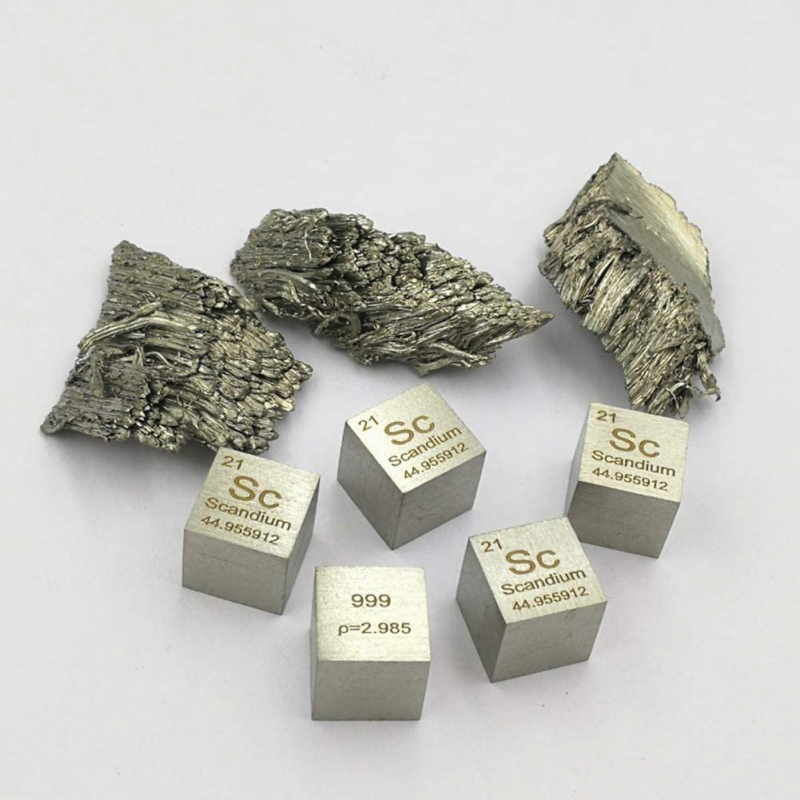
Source: amazon.co.uk 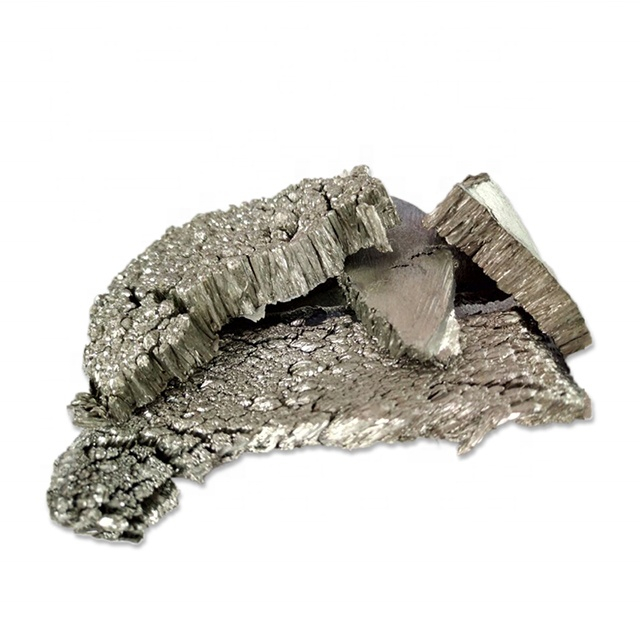
Source: alibaba.com





























